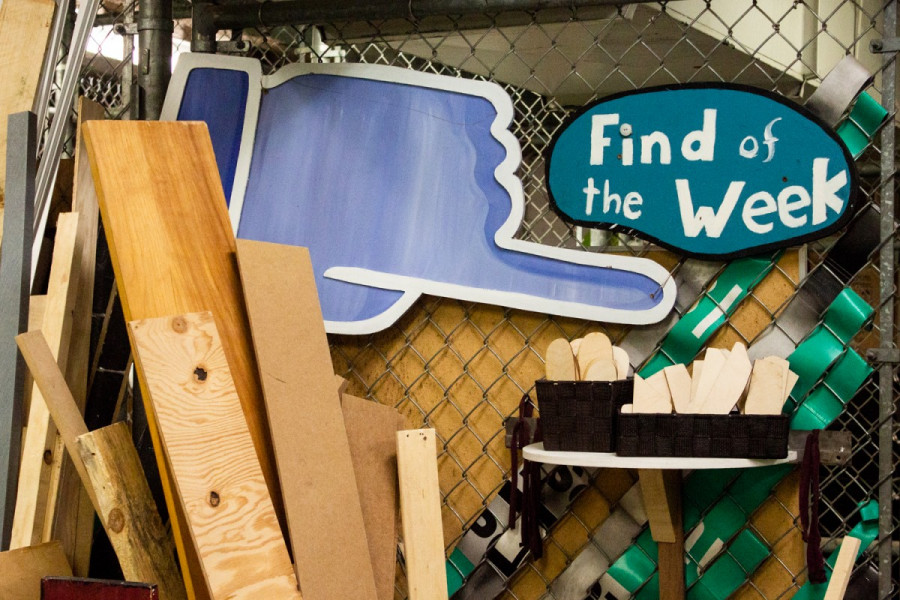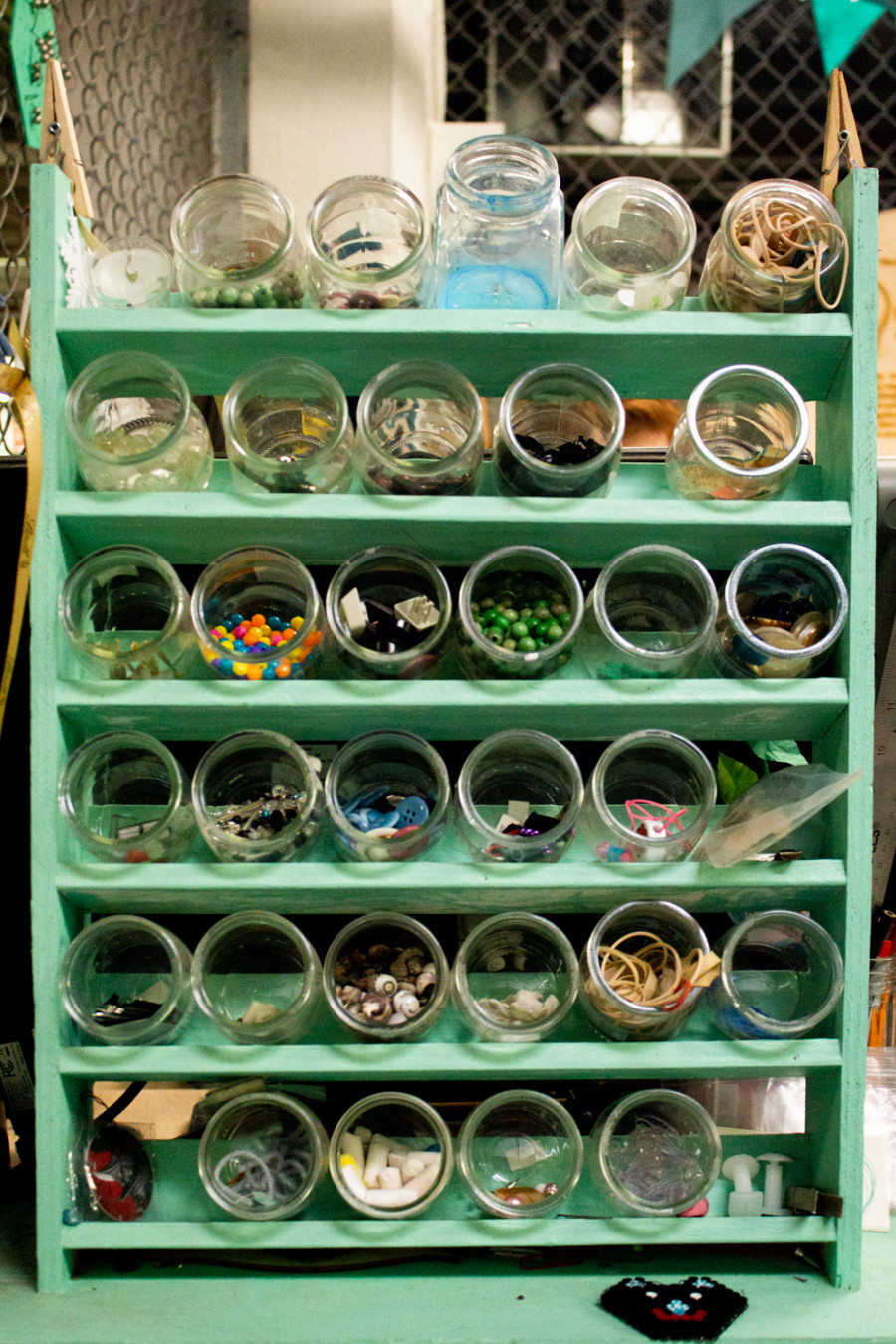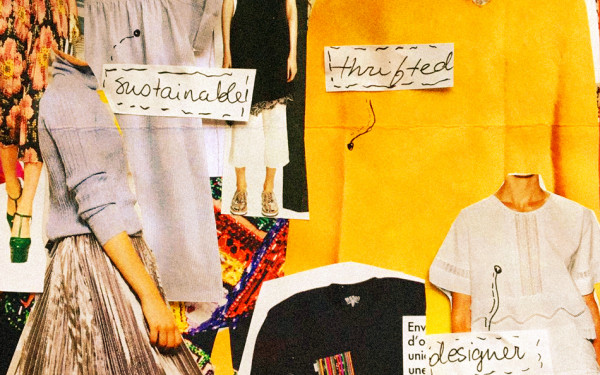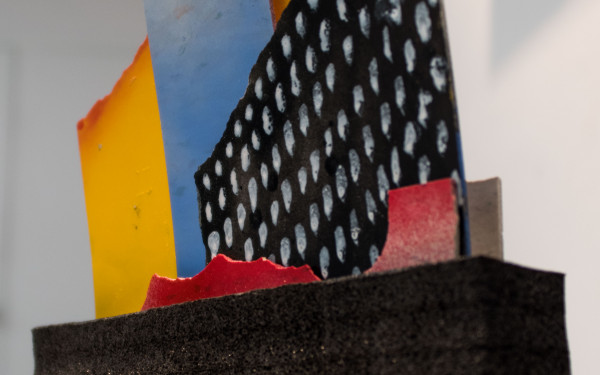How Concordia Students Have Been Using CUCCR
Examining the Growth of CUCCR Over the Past Two Years
It’s been almost two years since Concordia University’s Centre for Creative Reuse opened its doors to students.
Located in the basement of the Hall Building, it’s only open from Tuesday to Thursday, but that doesn’t mean it hasn’t created positive changes in the daily lives of students and the community.
CUCCR (pronounced ‘sucker’) provides rescued materials free of charge, that can be used for anything from an art project to renovating a kitchen.
Sustainability is a tricky business to approach people with. In a consumerist society, where capitalism eats away at people’s daily lives, and advertisements creep their way into browsers, reusables are not what consumers tend to lean towards.
How Did CUCCR Get Started?
In March 2017, Anna Timm-Bottos art education masters’ thesis came to life through CUCCR and is thriving to this day. Inspired by creative reuse centres in Toronto and Winnipeg, she dreamt of introducing the idea at Concordia. And its success is refreshing.
“I am incredibly impressed and so humbled,” Timm-Bottos said. “I mean [CUCCR] has gone so much further than I’ve ever intended it. I always looked at it as a way to kind of open up opportunities, and I knew that once you put materials and people together and give them space and time, amazing things come out of that. I mean we’ve been able to do so much within this year. It’s been amazing.”
In November 2018, CUCCR launched a Reclaimathon, where they encouraged Concordia students to reclaim and donate materials, spanning pretty much anything you might find in your backpack.
This project resumed in the month of January, and should you come across a turquoise box branded CUCCR around campus, pull open your drawers, take out old pens and give them to the community. (HINT: there’s one at the Hive Café in the Hall Building.)
Co-founder Arrien Weeks is the one responsible for Timm-Bottos’ vision becoming reality. Besides building the depot space from ground zero, Weeks leads CUCCR’s skilllsharing and workshops, and rounds up material from across campus for the depot. A skill share, in contrast to a workshop, has a greater emphasis on mutual participation between attendees and a facilitator.
“Awareness has gone up about reuse [centre] on campus over the last year,” Weeks said. “And it means we’re doing something right. More people are coming and becoming members. Blows my mind every time I look at the numbers.”
The members’ numbers have recently reached a total of 2043; the metrics are impressing to both Timm-Bottos and Weeks. After filling out an online form for free on their website to become a member, you’re able to donate and collect as much material as you need, and also get a say in the centre’s creative ideas, workshops, and events.
“[To get people involved, we do] hands on workshops, expanding ideas on what sustainability means,” he said. “It’s really just about seeing all the possibilities, and teaching people about these possibilities.”
CUCCR in Action
CUCCR is quite popular among arts and science and fine arts students, but throughout the year it’s seen an increase in use from students belonging to other faculties.
“We will be better able to inform our community on waste management procedures, keep good stuff out of the landfill, provide materials for free, and offer rad ways of transforming old into new. Help us in changing the culture of reuse,” said Timm-Bottos.

“We’ve seen a growth in engineering students and [John Molson School Business] students in the last year. It’s slow, but I think it’s a matter of opening their minds to reuse,” Weeks said. “We’re working with John Molson students to sort of break their preconceptions about reuse and to get them to think about it in a broader way.”
“It’s a little bit slow [getting other faculties involved],” Timm-Bottos said, “because it is a project that came out of a base in fine arts and it would be used well in that faculty. But I think as people start to visit and see the types of materials that are [at CUCCR], I feel like they’re starting to change their way of thinking about these materials, and realizing that they need that too for their apartment, and school supplies.”“It becomes less about fine arts practices, and more about practicality. I mean saving money is universal,” she continued.
CUCCR has been getting more and more exposure ever since its opening, and it’s mostly due to its popularity among students. Most members learned about CUCCR from word of mouth.
“We don’t really put a lot into doing promotion, people seem to come to us. Having our stories told […] definitely helps,” explained Weeks.
Timm-Bottos explained that CUCCR serves as an entry point into the world of sustainable practices, one that they may not have been otherwise exposed to.
“Sustainability can be very abstract or very practical depending on how you look at it. People have a very narrow mind about it. But places like CUCCR using reuse materials really normalizes it, and [people] start to think how they incorporate sustainability in their daily lives,” he said.
Kiah Ellis-Durity, a Concordia student majoring in religion and cultures and minoring in political science, has been a CUCCR member for about a year and a half. Ellis-Durity spoke to The Link as she made a card for her friend’s birthday. She mentioned that the reuse centre increased her awareness about all things relating to sustainability.
“I think I’m now more aware of waste, especially,” she said. “Like, I think people don’t consider recycling to be waste, but in recent research, we found that a lot of our recycling is going
“Incorporating reuse leads me to be more involved in the process of creating and achieving the goals of my work, which sometimes takes me down different aesthetic paths I hadn’t envisioned before. […] I am more involved and aware as an artist and a person.” — Bronwyn Haney
straight to garbage. So saving my paper, [CUCCR] taught me how to recycle paper, make your own paper, be more aware of what’s in my home. What am I recycling? What am I giving away? Can it be reused? It’s kind of making me think before I toss,” she continued.
Ellis-Durity was introduced to CUCCR through her sister. The latter is greatly involved with the sustainability movement on campus, and is friends with Timm-Bottos.
“I think [my year with CUCCR] has been pretty awesome,” she said. “I’m not into arts at all and I told a lot of my friends who are in arts about CUCCR and they use it a lot because buying a canvas is like $30, and they have canvases [at CUCCR.] It’s nice for me, and I’m not in arts at all, but I’m a broke student, so it’s great.”
CUCCR encourages people to get creative with their use of waste, and show them ways to utilize materials for things they would never imagine doing. In Ellis-Durity’s case, for example, parts of her Halloween costume came from CUCCR. She actually ended up using the back of a chair to create a hat.
For another Concordia student using the CUCCR has become a lifestyle.
Chloë Lalonde is a an anthropology and art education major, and art teacher at Loisirs Renaud-Coursol Community Centre in Laval.
Last semester Lalonde attended a chocolate tasting workshop where she met Weeks, and heard him speaking fondly about CUCCR. Her immediate reaction? “Sign me up!”
She has now gone from member to full-fledged intern. Part of her duties as an intern for CUCCR include organizing events as well as acting as a point of communication for it.
“I started getting involved with CUCCR because I wanted to supply my kids with supplies that were ecological that I can buy out of my own budget,” she said. “I built easels for my class, and I had to carry those in the metro and that was not fun, but now that community centre has easels. I just try to incorporate that in my own art practice. So I need to supply my own studio with the CUCCR mindset.”
“The foundation of everything I do now is based on CUCCR,” she explained. “From stocking my office space, getting materials for my art classes or even my own art space.”
Artist Theran Seaton has been a CUCCR member for more than year already, and sees it as a reliable source for sustainable and affordable material.
“It definitely has an impact in terms of, I know there is a resource at my place of study that supports sustainability and that will allow me access to materials,” she said. “Art supplies are expensive so I understand the artist’s need to seek resources that are free or cost effective. I think the centre makes an effort to be there as a resource.”
CUCCR has not only helped her procure affordable elements for her art, but has also opened her eyes to the possibility that everything, everywhere in reusable.
“I check in from time to time to see if there are any materials that are pertinent to my work be it scraps of wood, material or, a jar of buttons,” Seaton continued. “I really adhere to that ‘someone’s trash is another’s treasure’ philosophy.”
CUCCR has influenced many Concordia students, including creative writing major Bronwyn Haney, who said her introduction to the centre could not have been more perfect.
“I first heard about CUCCR from my dear friend and fellow artist Kara Bowers, who passed along some of the supplies that she had accrued there to me at a pivotal time in my own art making practice,” she said. “I visited the centre myself a few days later and was hooked!”
The reuse centre truly plays an intrinsic role in her life, as she has used material from CUCCR for school projects and her own art pieces.
“[CUCCR] has allowed me to consider different approaches to creation and sustainability, both in my artistic practice and in my daily life,” Haney said.
“Incorporating reuse leads me to be more involved in the process of creating and achieving the goals of my work,” Haney added, “which sometimes takes me down different aesthetic paths I hadn’t envisioned before. This mindset carries over into the choices I make in my daily life as well, leading me to find ways to reuse things and cut down on the amount of waste I contribute on the whole. I am more involved and aware as an artist and a person.”


_600_832_s.png)




